
This Earth Day, we’re recognizing the journey that’s involved when investing in a sustainable future.
For cotton, that means appreciating the innately sustainable aspects of this renewable fiber while advocating for continuous improvements at the farm, manufacturing, and consumer levels.
At the Farm
As a natural fiber grown and harvested straight from the earth, sustainability is a value deeply rooted in cotton from the beginning.
Naturally occurring benefits combined with intentional production efforts at the very start of cotton’s lifecycle—the farm—can alter cotton’s impacts related to carbon, energy, water, and more.
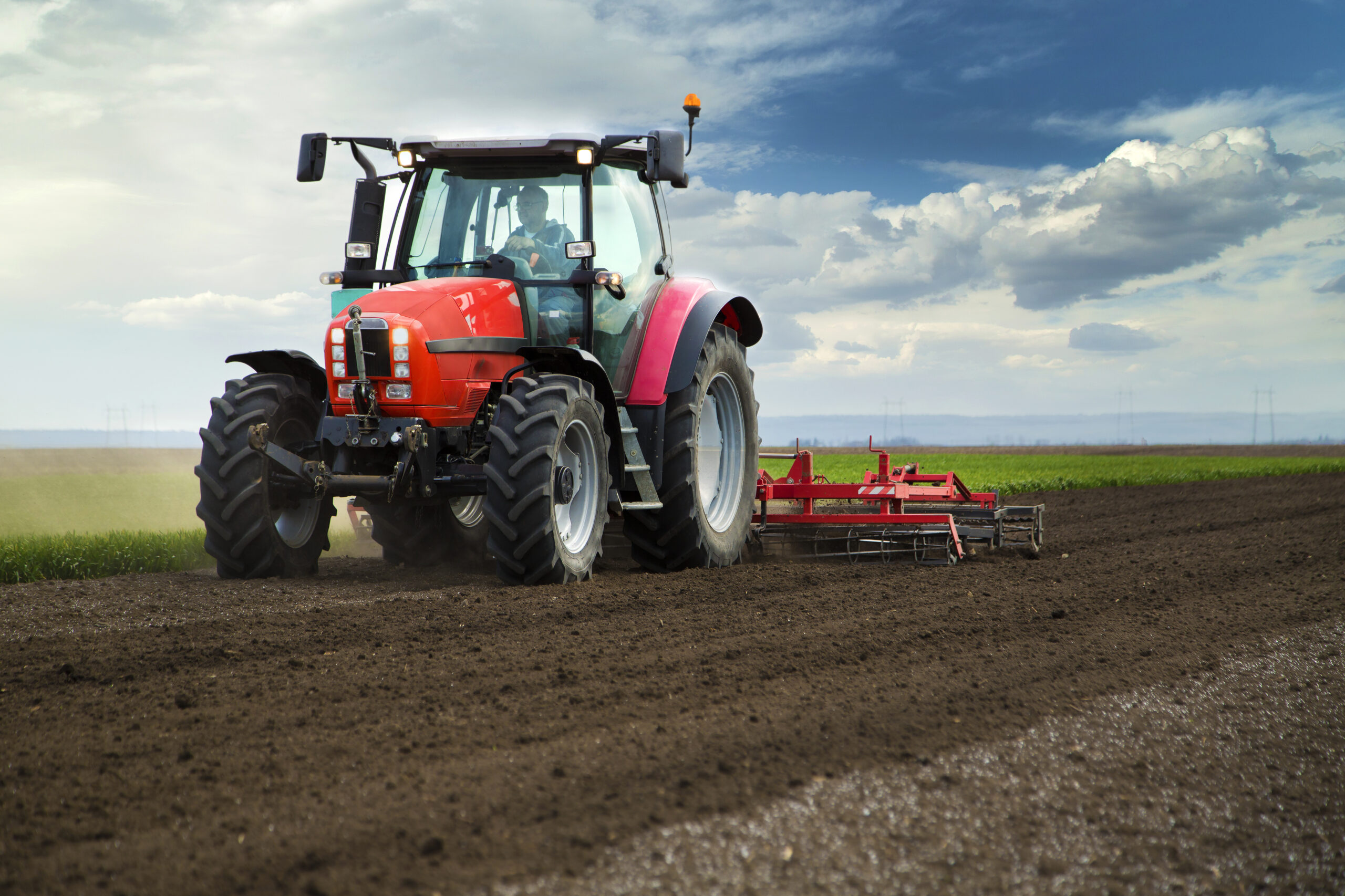
Carbon
Cotton production naturally sequesters carbon in the soil and in the fiber itself, transforming carbon dioxide and sunlight into glucose sugars during the photosynthesis process, some of which are transformed into cellulosic fibers (i.e., cotton lint). Additionally, increased adoption of best management practices in cotton production systems—such as no-till practices, which alone can sequester as much as 450 kilograms of soil organic carbon per hectare per year1—allow sequestration rates to continue to rise. Equipped with the knowledge of responsible production, the U.S. cotton industry set a goal of increasing soil carbon by 30 percent by 2025.
Energy
Since 1980, the amount of energy needed to produce a pound of cotton fiber in the U.S. has seen a significant reduction of 30.6 percent.2 This crucial change is due to improved farming practices. Additionally, cotton farming also produces cottonseed, which is itself a source of energy. As an oilseed, cottonseed can be converted to biodiesel, and its co-products can be used as feed for livestock. Potentially, if the conversion efficiency is high enough, energy derived from cottonseed can fully offset or even exceed the energy expenditures of cotton production. Knowing the opportunity for positive impact, the U.S. cotton industry is committed to decreasing energy use by 15 percent.
Greenhouse Gases
While cotton production practices also contribute to greenhouse gas (GHG) emissions, increased use of site-specific management and new technologies such as on-the-go sensors show promise for decreasing these emissions. From 1980 to 2020, GHG emissions decreased by 25 percent while yield and lint production increased.2 But the U.S. cotton industry isn’t ready to stop there on the sustainable journey, and is committed to reducing GHG emissions by 39 percent by 2025.
Water
Perhaps the most misunderstood and misrepresented aspect of cotton production is its water use. Agriculture, as a whole, accounts for 73 percent of global water use, while cotton only accounts for 3 percent of that total.3 In fact, cotton’s natural drought tolerance, minimal irrigation needs, and ability to thrive in arid climates make it one of the most versatile crops on the planet. Improvements in irrigation technology and new cotton varieties give the opportunity for decreased water demand, which is why the U.S. cotton industry committed to decreasing water use by 18 percent.
Interested in digging deeper into the science and sustainability of cotton production?
• Cotton Sustainability Basics
• Fiber Science Basics
• Climate Change & Cotton
• Pesticides & Cotton
• Land Use & Cotton
• Water & Cotton
In Manufacturing
The journey to a more sustainable future continues beyond the farm. Smart product development and ongoing innovation can lessen cotton’s environmental impact during production.
For Cotton Incorporated, that means educating and equipping brands with tools to see the journey through.

Cotton Incorporated’s FABRICAST™ Collection
Making sustainable decisions in manufacturing can be as easy as choosing to use natural fibers. That’s why Cotton Incorporated is constantly developing cotton-rich fabrics in the FABRICAST™ collection to inspire your next cotton product. And for this Earth Day, the latest FABRICAST™ collection highlights natural dyes, as we partnered with leading natural dye manufacturers to show a range of knits and wovens dyed with natural indigo, madder root, marigold flowers, and pomegranate peels, as well as dyestuff made with textile waste materials. This allows product developers to go all-natural, from fiber to finishing!
Durability
Creating a more durable, lasting product can mean a longer life for the product, thus reducing space in the landfill. While cotton already boasts innate durability, it can also be enhanced through functional finishing or blending with other high-performance fibers. Cotton Incorporated’s TOUGH COTTON™ performance technology can stand up to wear and tear on both knit and woven fabrics, displaying a unique combination of abrasion resistance, strength, and colorfastness throughout the life of the garment. Cotton Incorporated also partnered with several fiber manufacturers, such as Dyneema® and INVISTA’s CORDURA®, to design cotton-rich fabrics with improved abrasion resistance and tensile and tear strength, suitable for active, outdoor, and workwear needs.
Warp knitting technology for activewear has been dominated by non-biodegradable filament yarns like polyester and nylon due to their strength and performance. Cotton Incorporated took on the challenge to show how cotton can be utilized in warp knitting through a partnership with a leading warp knitting machinery manufacturer. While synthetics have been historically used for warp knitting to avoid issues with low yarn strength and hairiness, a solution came about through compact ring-spun cotton yarn in a range of 100 percent cotton warp knit fabrics ideal for athletic and athleisure clothing. These warp knits provide a 100 percent natural alternative to synthetic warp knits without sacrificing performance.
With the Consumer
Cotton’s sustainable journey doesn’t have to stop at the manufacturing level. While recycled cotton is not a new concept in the textile and apparel market, the interest in it continues to grow as manufacturers, brands, and retailers continue to evaluate their supply chain footprint and sustainability goals.
One example of how Cotton Incorporated advocates for ongoing sustainability at the consumer level is through its denim recycling program, Blue Jeans Go Green™, which recycles old denim jeans to be converted into insulation. Created in 2006, the program has collected over 3.9 million pieces of denim and diverted over 1,950 tons of textile waste from landfills.
An Ongoing Journey
Cotton’s sustainable journey doesn’t have to be linear—starting as a plant and finding its final destination at the landfill. This versatile natural fiber—used in products as wide-ranging as shirts, sheets, wet wipes, and even 3D printed items—can be reused, recycled4, and returned5 to the earth.
So whatever product you make, there’s a circular journey ahead when you make it with cotton.
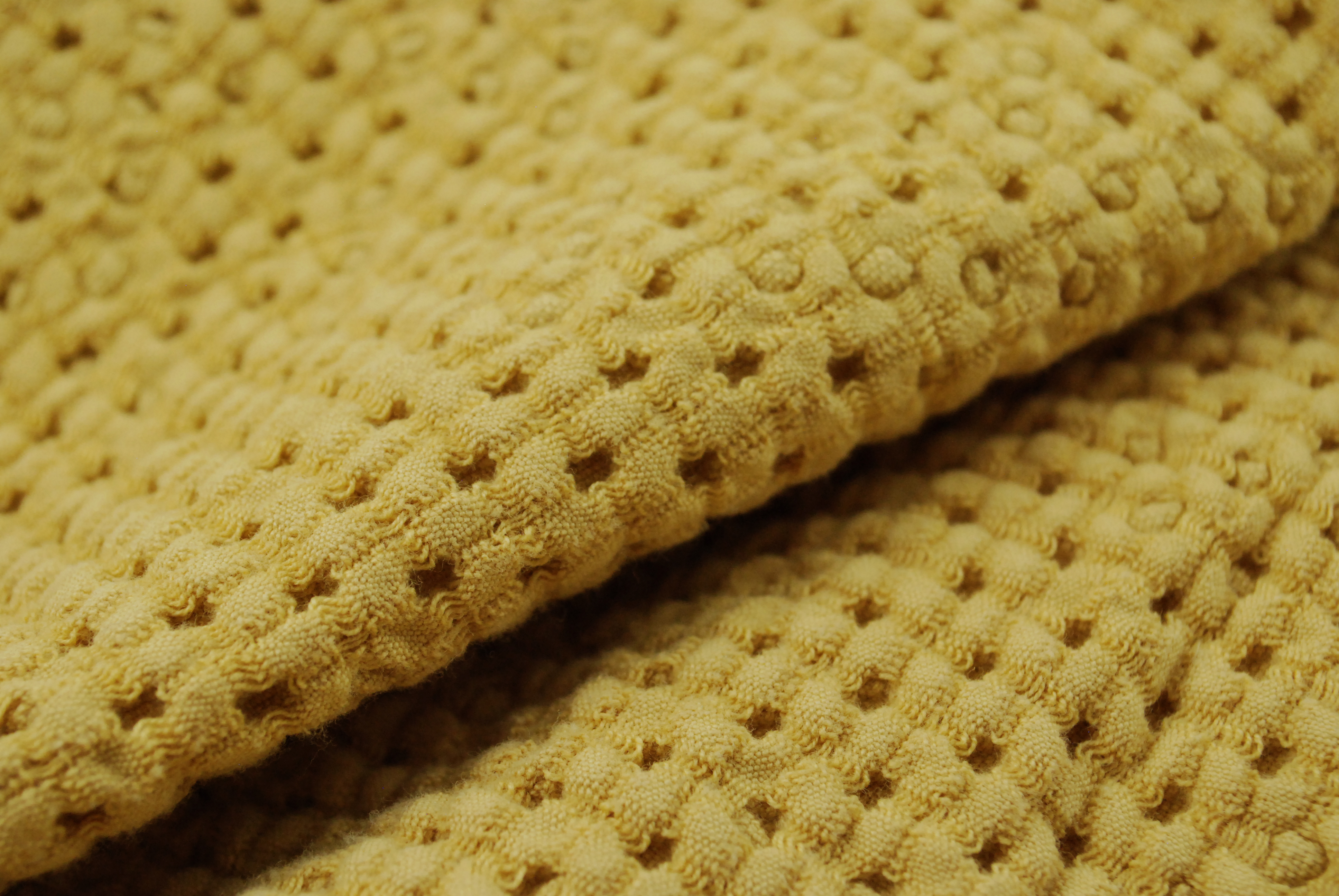 7278-1
7278-1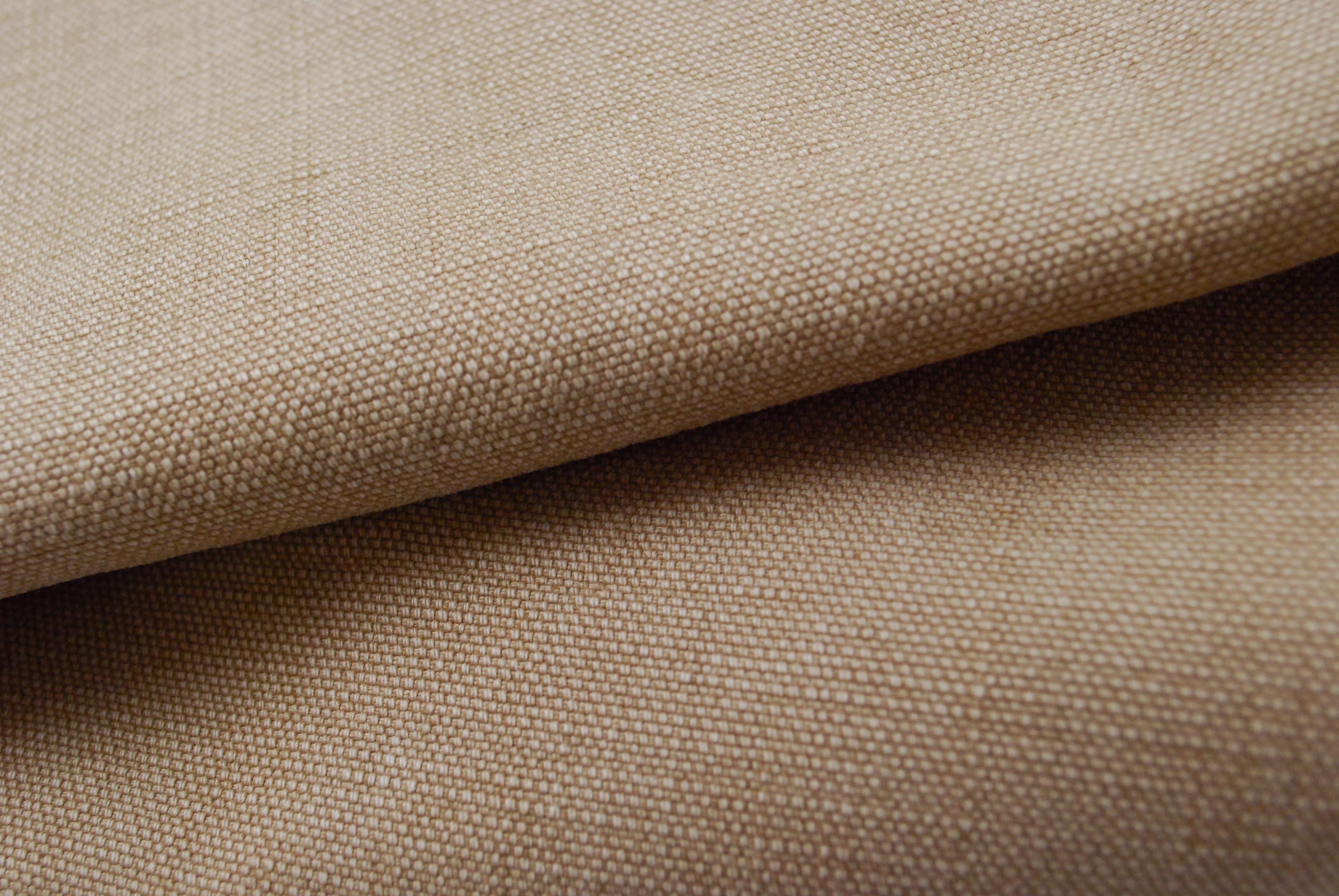 7306
7306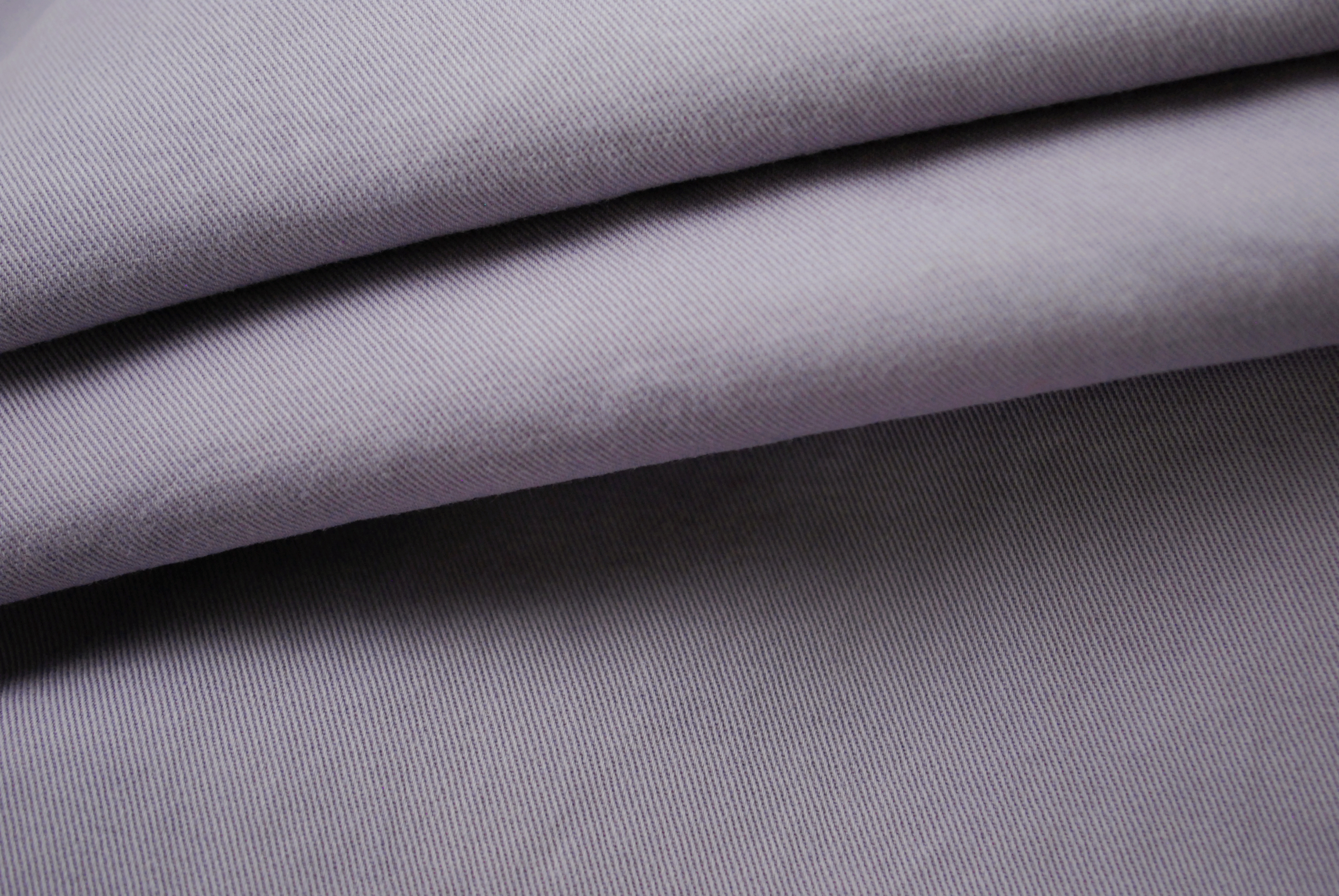 7307
7307 7346-1
7346-1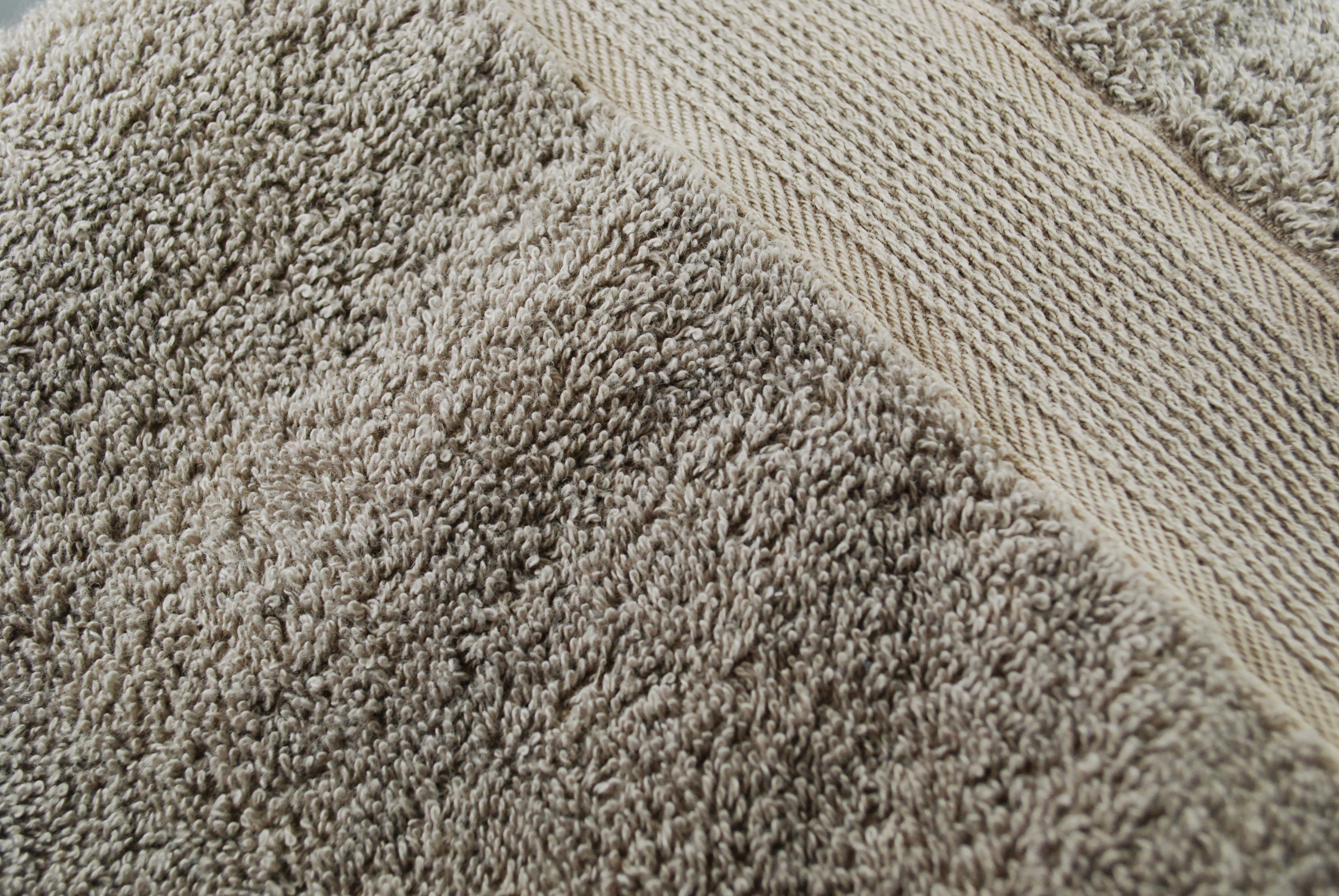 7405-1
7405-1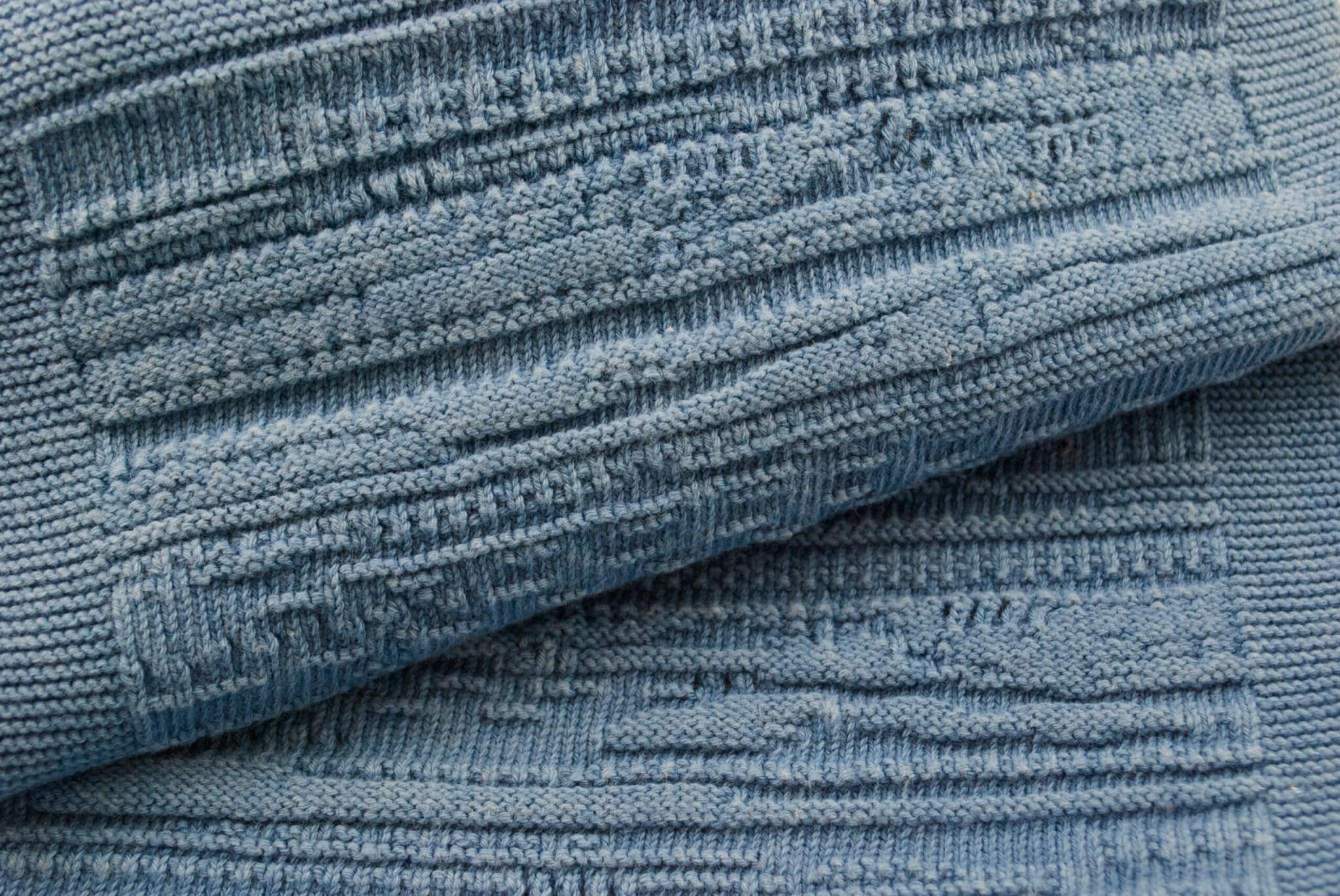 FK-1108
FK-1108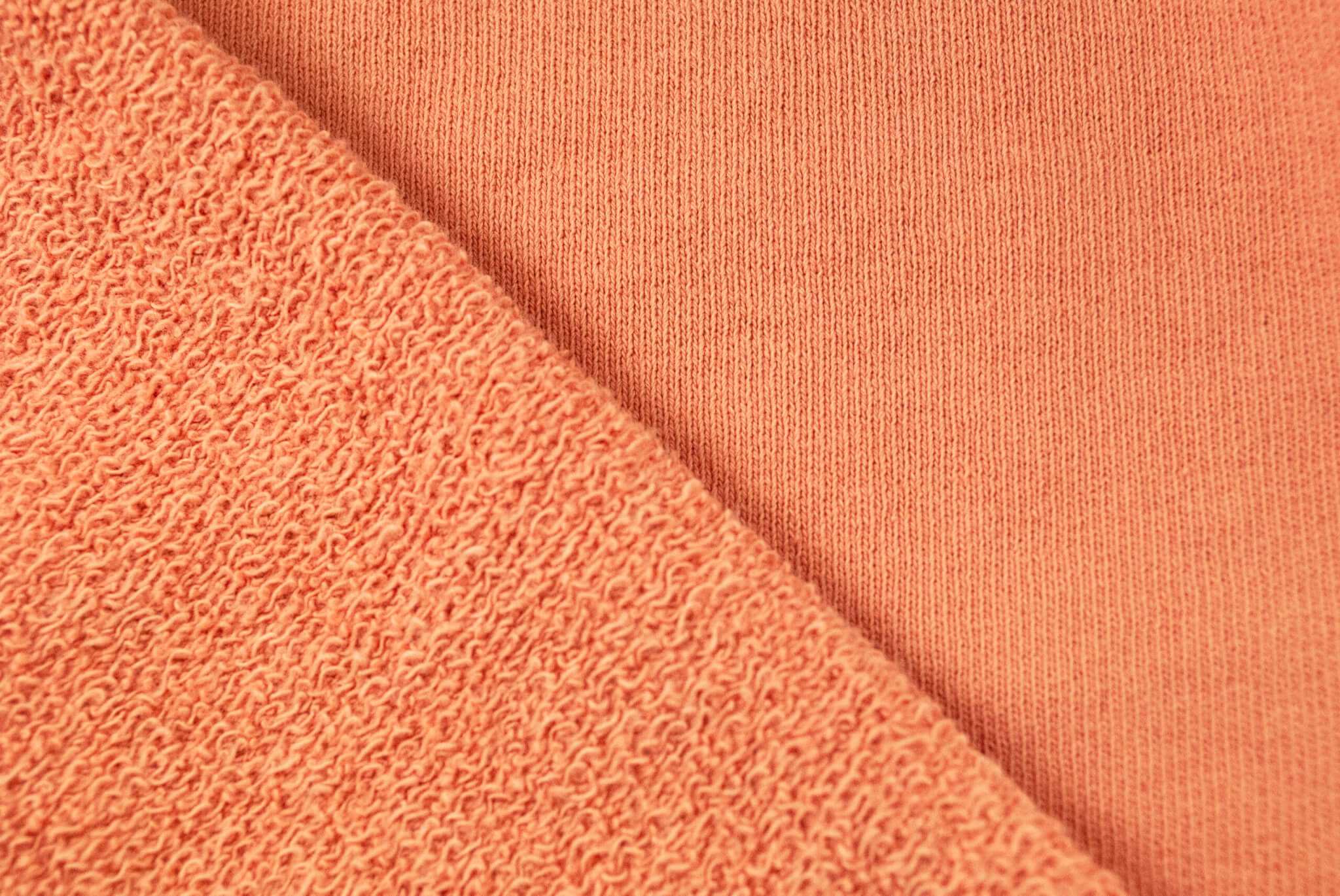 SK-2116-2
SK-2116-2 SK-2160-2
SK-2160-2 SK-2167-1
SK-2167-1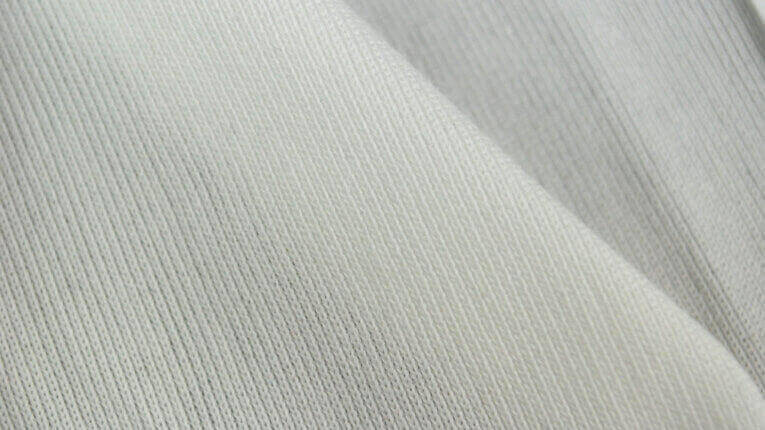 WK-1001
WK-1001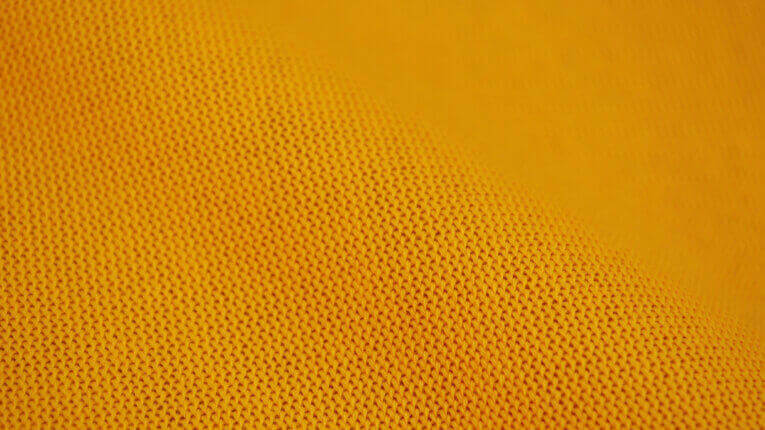 WK-1002
WK-1002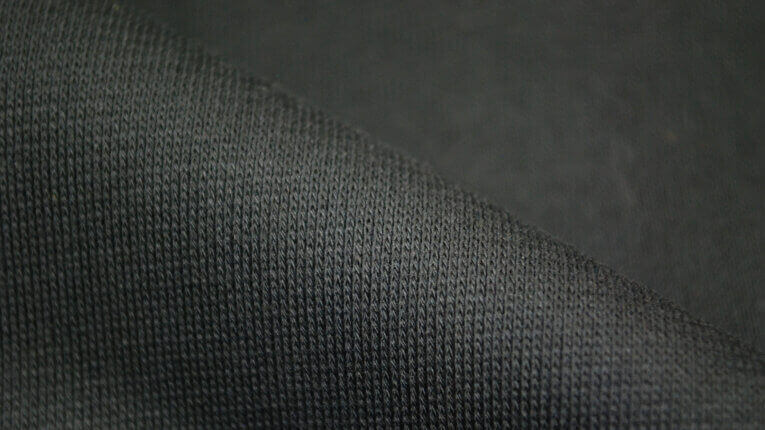 WK-1003
WK-1003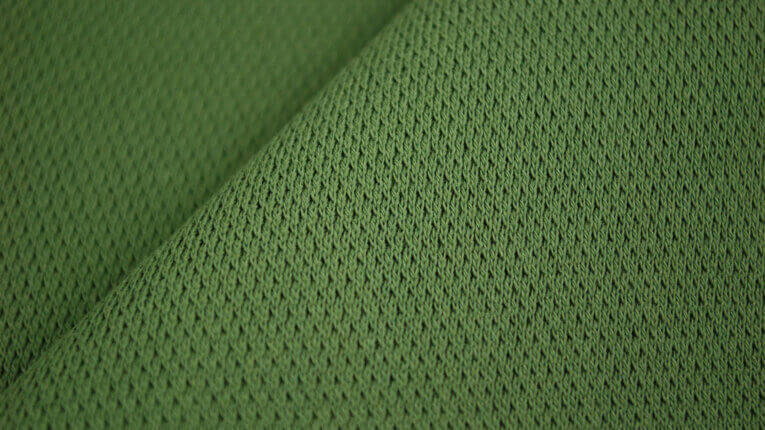 WK-1004
WK-1004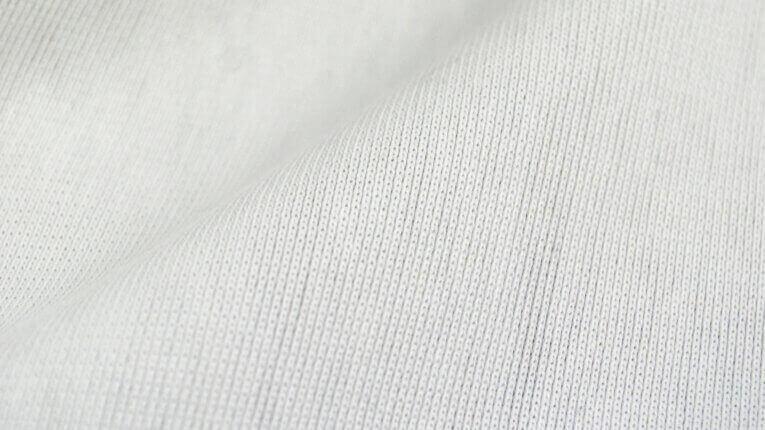 WK-1005
WK-1005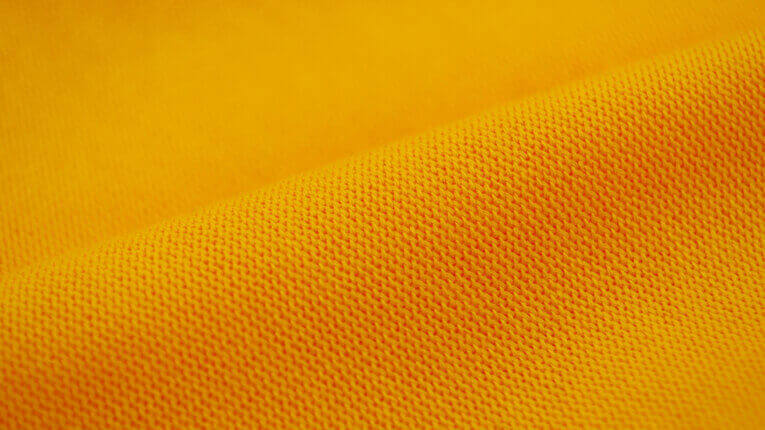 WK-1006
WK-1006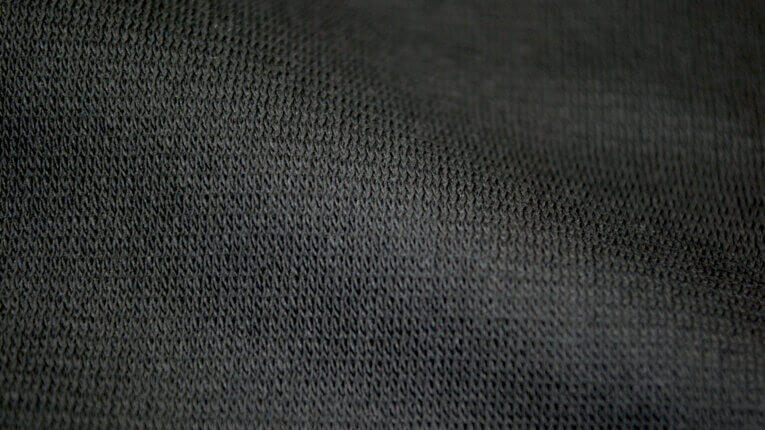 WK-1007
WK-1007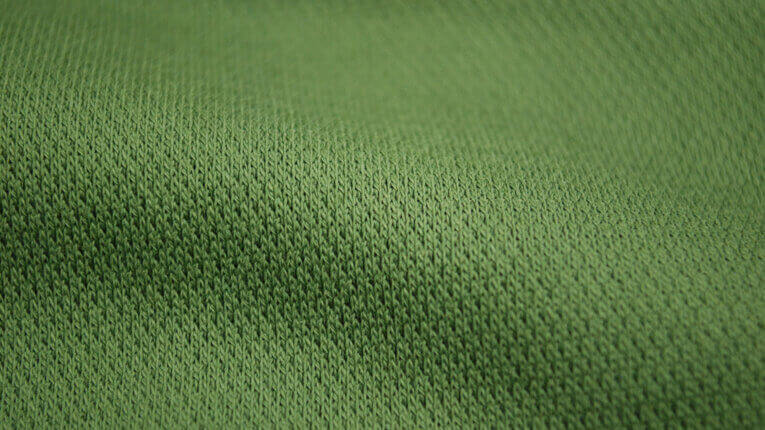 WK-1008
WK-1008